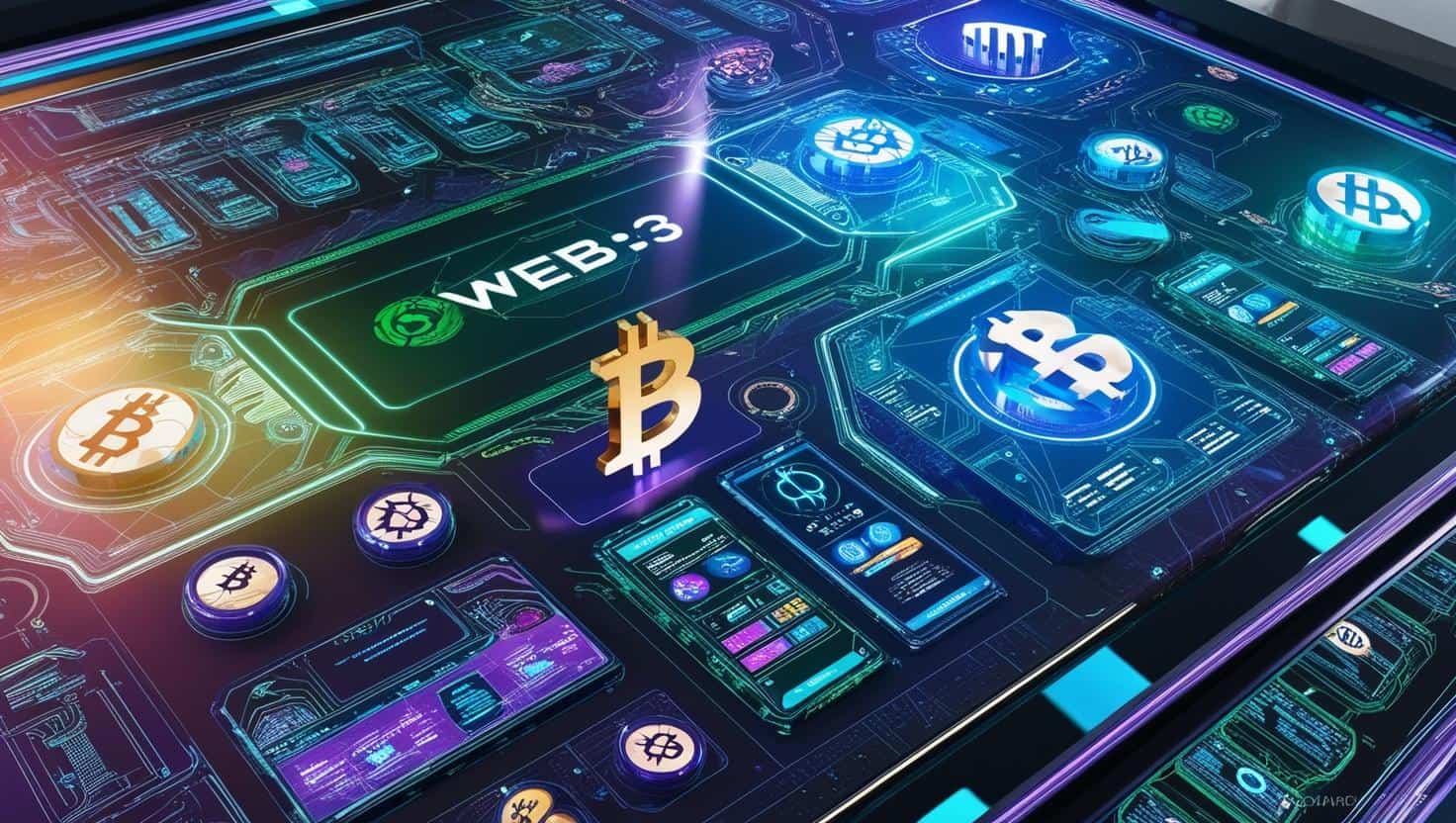
The world is entering a new digital epoch—one where ownership, value, and identity are being reshaped by the rise of Web3 and the future of money. Unlike previous waves of internet innovation, Web3 isn’t just about faster technology or sleeker platforms. It’s a paradigm shift that reimagines the very foundations of the global economy—from how assets are owned and exchanged to how communities and organizations are structured and governed.
The global momentum behind Web3 is undeniable. This movement is decentralized, user-led, and inherently borderless. And while still in its early evolution, it carries far-reaching implications for how we store value, conduct commerce, and define identity in an increasingly digital world.
Web3 Is Not a Place—It’s a Global Movement
The question of where the “next Silicon Valley” will be is no longer relevant. Unlike the first internet era, which was largely U.S.-centric, the current evolution of Web3 is happening everywhere. Countries like Nigeria, Thailand, Singapore, and the UAE are emerging as innovation hubs. Why? Because technology, capital, and talent are now more globally distributed than ever.
Interestingly, adoption is highest in unexpected places. Stablecoin use and Web3 gaming, for example, are booming in emerging markets, not just in tech-savvy Western nations. In this new landscape, leadership is no longer about geography. It’s about accessibility, infrastructure, and user participation.
Blockchain With Characteristics: The China Model
One of the most unique implementations of Web3 principles comes from China. Unlike countries with free-market frameworks, China’s embrace of blockchain is centralized and strategic. From Shanghai’s digital asset registry to blockchain-integrated core banking systems, the country has operationalized blockchain at scale.
But China’s model comes with tight controls. Peer-to-peer, permissionless value transfer—one of Web3’s key promises—is largely absent. Instead, the state is selectively using elements like smart contracts and immutable records in ways that align with its political and economic goals.
This shows that while the tools of Web3 are global, their applications vary widely based on governance, regulation, and intent.
DAOs: The Autonomous Organizations of the Future
One of the most exciting frontiers in Web3 is the emergence of Decentralized Autonomous Organizations (DAOs). These are internet-native entities where ownership and governance are distributed across a network of token holders.
Think of DAOs as the next evolution of companies. Instead of shareholders and executives, DAOs are governed by code and community. Members vote on decisions, and smart contracts automate business logic. From managing decentralized exchanges to funding projects, DAOs are proving that code can replace much of the traditional corporate structure.
This isn’t theoretical. It’s happening now, with DAOs creating new models for user participation, equity, and transparency.
Why Ownership Matters More Than Ever
At the heart of Web3 is a simple but powerful idea: users should own the assets, platforms, and identities they help create.
In the Web2 era, users were the product. Platforms like Facebook and Google offered free services but monetized user data. In contrast, Web3 proposes a system where users control their information and even earn from it.
This is where tokenization plays a crucial role. Through tokens, users can claim ownership over digital goods, participate in governance, and gain a financial stake in the services they use. It’s a shift from digital feudalism to digital citizenship.
Identity: From Centralized Control to Self-Sovereignty
Identity in Web3 goes beyond usernames and passwords. It’s about owning your data, credentials, and reputation. Self-sovereign identity allows individuals to control who accesses their personal information, where it’s used, and for what purpose.
One concept gaining traction is the “soul-bound token”—a non-transferable digital identity that records a person’s achievements, affiliations, and activities. These tokens could revolutionize everything from education and healthcare access to financial credit scoring.
This is more than convenience. It’s a philosophical shift. In the Web3 world, identity isn’t something that platforms create for you—it’s something you create and manage yourself.
AI and Web3: A Powerful Intersection
Web3 doesn’t exist in isolation. It intersects with other major technological trends, especially artificial intelligence.
As more business processes become automated, organizations will need a new way to ensure transparency, governance, and trust. That’s where blockchain comes in. Smart contracts can automate transactions, while AI can optimize decision-making. Together, they can create highly autonomous, self-governing systems.
Imagine an algorithm that not only manages company finances but also audits itself and reports in real time. With immutable on-chain records, AI can be both powerful and accountable—something critical for future autonomous corporations.
The Role of Governments and Regulation
Regulation is a double-edged sword. On one hand, it ensures security and prevents fraud. On the other, it can stifle innovation and push users to unregulated alternatives.
What’s becoming clear is that governments can no longer afford to ignore the Web3 movement. Central banks are engaging more directly, developing Central Bank Digital Currencies (CBDCs) and experimenting with blockchain-based infrastructure.
But not all regulatory efforts are created equal. Some aim to control. Others aim to empower. The future will favor jurisdictions that strike the right balance—supporting innovation while protecting users.
The Economic Model of the Future
Web3 is not just about technology. It’s about a new economic philosophy. It’s a system that values participation over hierarchy, transparency over opacity, and decentralization over control.
This vision aligns with rising global needs: financial inclusion, peer-to-peer commerce, and greater digital freedom. As the younger generation loses faith in traditional finance—citing barriers like housing affordability and mounting debt—they are increasingly turning to alternative systems that offer more agency and fairness.
These new systems don’t rely on legacy infrastructure. They run on open protocols, accessible to anyone with an internet connection. And they are evolving fast.